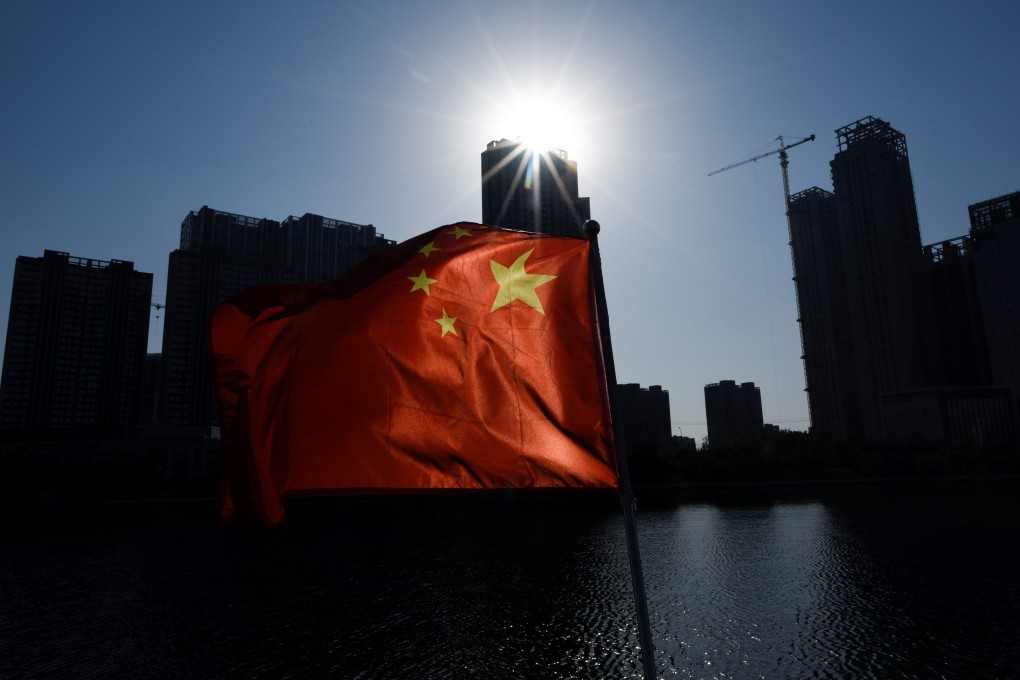Advertisement
China has a steady hand on its slowing economy, but can it prevent a crash landing?
- Policymakers have little room to manoeuvre even if the domestic economy is holding up. With the trade numbers hit hard by US tariffs, their prudent policies won’t go far enough to ease the pain if the external environment does not improve
Reading Time:3 minutes
Why you can trust SCMP

With the near-term risk of a further escalation in the US-China trade war receding, it is a good time to check the pulse of the Chinese economy and reflect on Beijing’s recent policy operations.
The third-quarter GDP data, while in line with our expectation, showed that economic growth has slid to its lowest level in almost three decades.
Year-on-year growth has fallen by 0.2 percentage points per quarter this year, from 6.4 per cent in the first quarter to 6.2 per cent in the second quarter and to 6 per cent in the most recent quarter.
Advertisement
This momentum is likely to continue in the fourth quarter, taking growth to 5.8 per cent, due to the ongoing direct and indirect fallout from the trade conflict.
Unless there is a rollback of existing tariffs, Beijing’s tepid stimulus policy is unlikely to be enough to prevent the economy from slowing further to below 6 per cent growth next year.
Zooming in on this key driver of weakness, the latest trade data shows that China’s exports to the US have continued to tumble. Total US-bound shipment fell by a whopping 22 per cent in September from a year earlier, driven predominately by items that are subject to extra levies.
Advertisement
Advertisement
Select Voice
Choose your listening speed
Get through articles 2x faster
1.25x
250 WPM
Slow
Average
Fast
1.25x
